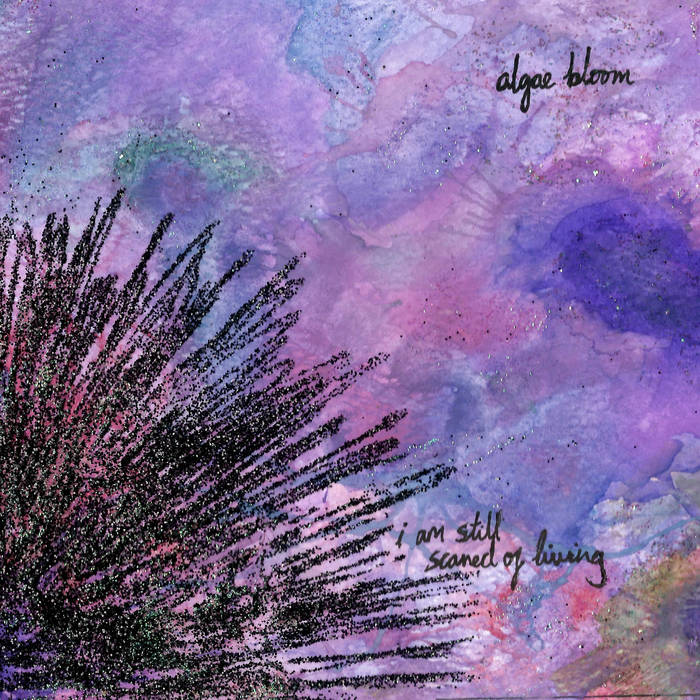
The Complete Guide to Preventing and Treating Algae Bloom in your Koi Pond
Introduction
If you’re a proud koi pond owner, you’ve likely encountered algae bloom at some point. This frustrating occurrence can be a serious problem for your koi and their environment if not handled properly. In this article, we’ll be discussing what algae bloom is, how it forms, and how to prevent and treat it in your koi pond.
What is Algae Bloom?
Algae bloom refers to the overgrowth of algae in a body of water. While some algae is necessary for a balanced ecosystem in your koi pond, too much can cause a host of problems. Excess algae can deplete oxygen levels in the water, posing a risk to your koi’s health. Additionally, algae can be unsightly and make it difficult to see your koi clearly.
What Causes Algae Bloom in Koi Ponds?
There are several factors that contribute to the formation of algae bloom in your koi pond. Excessive sunlight is one of the most significant contributors, as it encourages the growth of algae. Additionally, excess nutrients in the water, such as fish waste or decaying plant matter, can fuel algae growth. Lastly, high temperatures can accelerate the growth of algae and cause bloom to occur more rapidly.
Preventing Algae Bloom in Koi Ponds
Preventing algae bloom in your koi pond is the most effective way to combat the issue. Here are some preventative steps you can take:
1. Control Sunlight Exposure
Encouraging natural shade through aquatic plants or building a physical shade structure can help to control the amount of sunlight entering your pond. This can help to slow the growth of algae.
2. Monitor and Control Feeding Habits
Overfeeding your koi can create excess waste in the pond, which can contribute to algae bloom. Ensure you’re only feeding your fish the appropriate amount of food and that uneaten food is removed from the pond as quickly as possible.
3. Use Appropriate Water Filtration Methods
Different types of water filtration systems can be used to remove excess nutrients and other contaminants from your pond. A good filtration system is a necessary investment as it plays a significant role in preventing and treating algae bloom.
Treating Algae Bloom in Koi Ponds
If you’re already facing an algae bloom issue in your koi pond, don’t worry, there are steps you can take to remedy the situation quickly:
1. Perform a Partial Water Change
Removing a portion of the water and replacing it with fresh, clean water can help alleviate the symptoms of an algae bloom. This process can help to rebalance the nutrients in your pond and reduce the amount of algae present.
2. Use Algae Treatment Chemicals
Different types of chemicals, such as an algaecide, can be used to kill off excess algae growth. These treatments can be effective but must be used carefully and in appropriate concentrations.
3. Add Beneficial Bacteria to the Water
Introducing beneficial bacteria into your koi pond can help to create a more balanced ecosystem. These bacteria can help break down excess nutrients and other contaminants, reducing the amount of fuel available for algae growth.
Conclusion
Algae bloom is a common issue for koi pond owners, but taking preventative measures can save you time, money and stress. Ensure you’re maintaining your koi pond regularly, monitoring the quality of the water, and taking steps to prevent algae growth. Don’t wait to treat algae bloom if it arises and remember to be cautious with chemical treatments. By following these steps, you can enjoy a clear and thriving koi pond for years to come!







